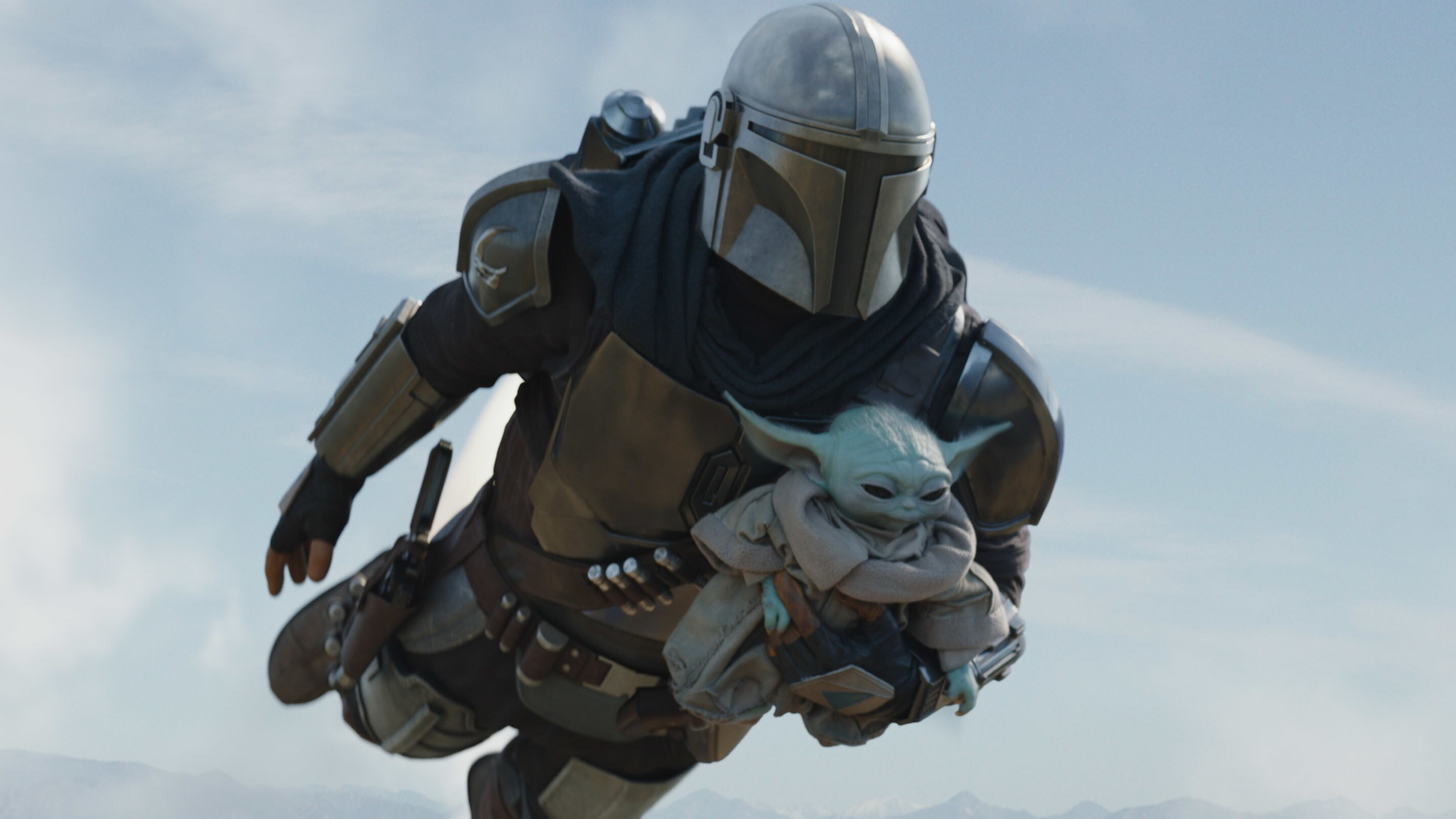
If you’re a movie or TV lover, you understand what a double-edged sword, CGI can be. On one hand, CGI can bring our wildest creative ideas to life. On the other hand, even really good CGI often looks like a video game cutscene. After a while, you just end up craving something real.
This is where practical effects come in. Both before and after CGI became commonplace, practical effects were used to create some of your favorite characters. Don’t believe it? Keep reading to learn which beloved movie and TV characters own their existence to special effects!
Grogu
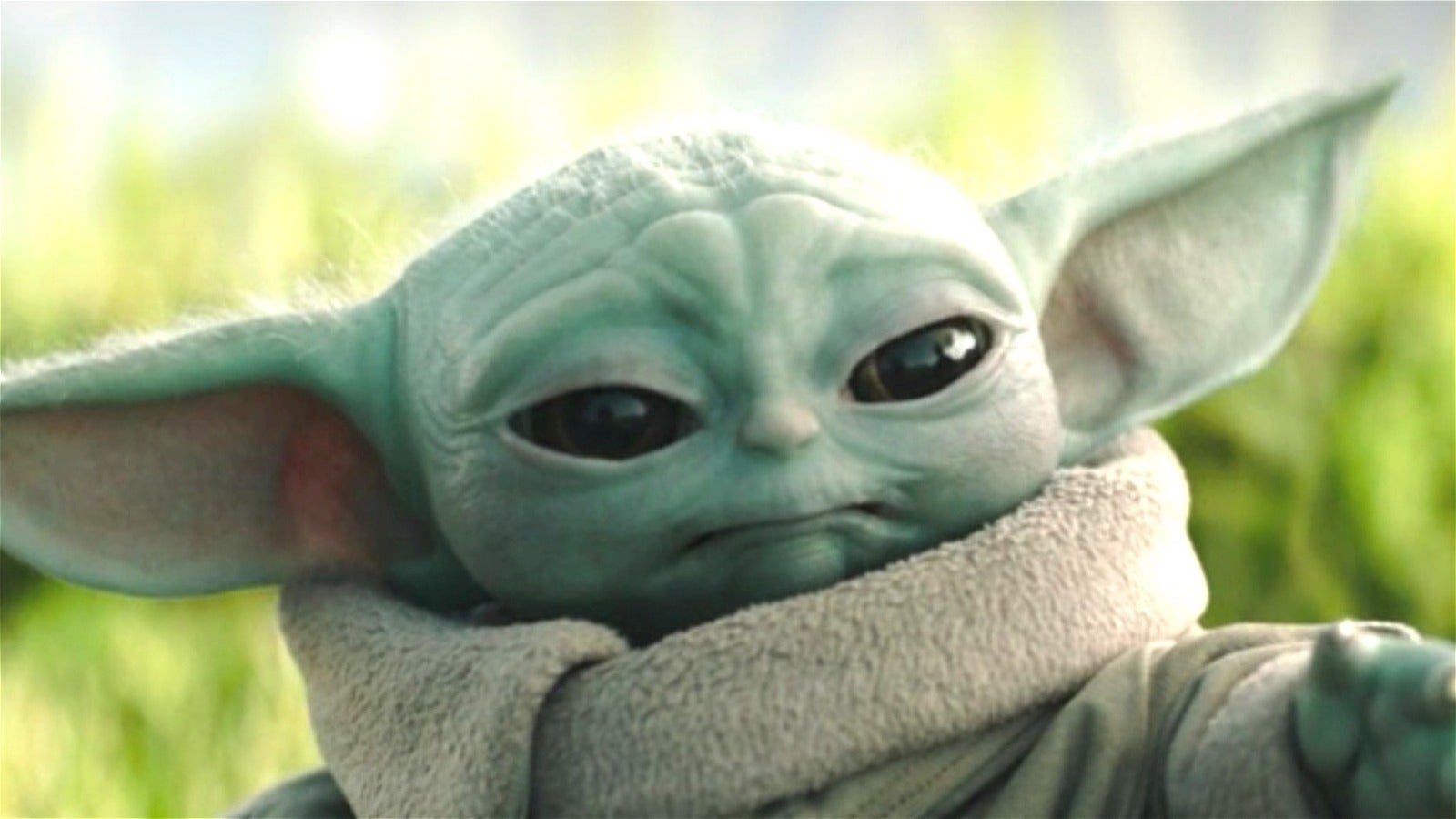
Ever since the Special Editions, Star Wars has been a franchise we associate largely with CGI. And the prequels took this love of CGI to the limit. But back in the day, most of Star Wars was created using practical effects, and that included creating Yoda, everybody’s favorite Jedi guru.
So for The Mandalorian, series creator Jon Favreau insisted on Grogo (or “Baby Yoda” as fans kept calling him) to be a practical effect rather than a CGI creation. But while the original Yoda was a puppet, the $5 million Grogu is kind of like a puppet robot, with the robotic effects helping him achieve those cute, puppy-dog eyes!
Jurassic Park’s dinosaurs
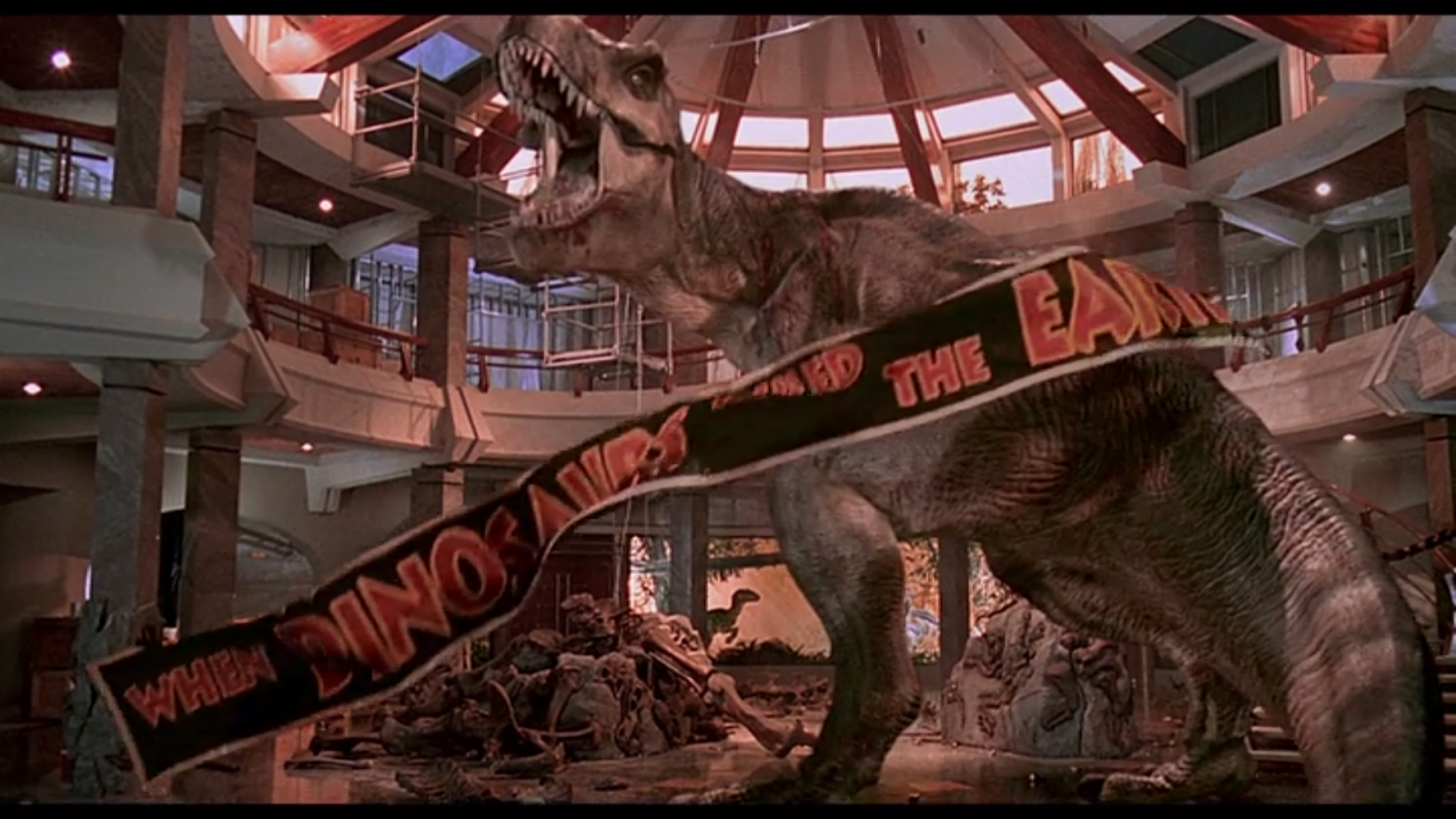
Jurassic Park is often credited as the movie that put CGI on the map. And it’s true that CGI helped to bring some of the coolest moments to life. But here’s the thing: for all of the original Jurassic Park, the movie only has 63 visual shots relying on CGI.
Everything else was practical effects, and that includes the dinos. The most iconic dinosaur was the T-Rex, which was a 40-foot-long puppet created by effects legend Stan Winston. It took 20 puppeteers to control! Speaking of puppets, those scary velociraptors were a combination of practical puppet effects and stuntmen in dino costumes (no, really)!
Faun
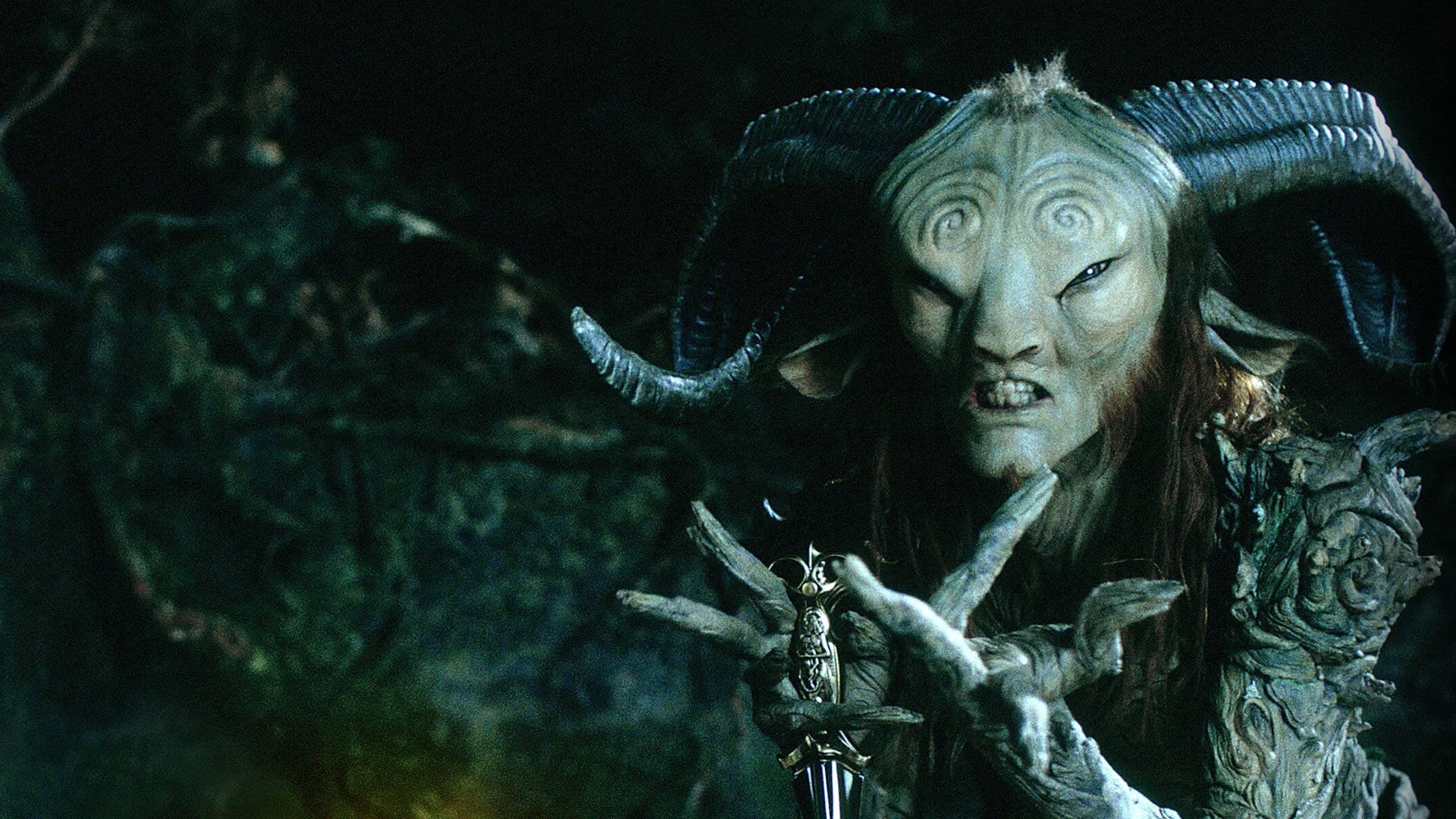
Pan’s Labyrinth was a movie filled with many breathtaking designs. However, what everyone remembers most about these fantastic beasts was Faun, the mysterious creature played by the inimitable Doug Jones.
Bringing Faun to life involved a small bit of CGI to erase Jones’ legs. Otherwise, Faun is a monstrous man brought to life by makeup and animatronics. Of course, longtime fans of director Guillermo del Toro can expect nothing less than practical effects that elicit a real gasp.
The T-1000
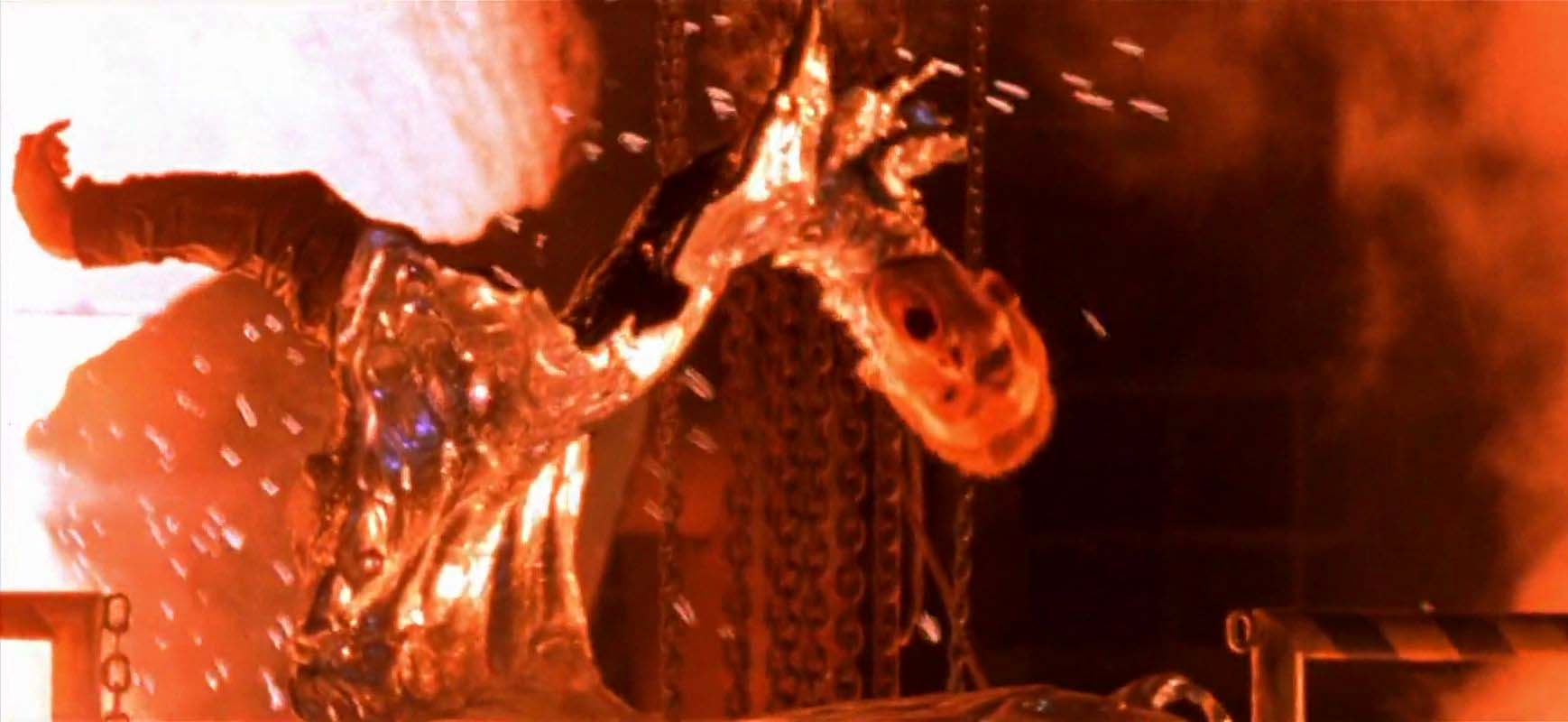
You may be surprised to see the T-1000 from Terminator 2: Judgment Day on this list. After all, the character is often held up as a CGI achievement due to awesome scenes such as walking through bars to pursue his prey.
And it’s true that CGI was used for many of this character’s most memorable moments, but not all of them. Remember the scene after the T-1000 blows up, and he looks like a body horror nightmare brought to life? The seeming “liquid metal” at the heart of this was a special animatronic puppet designed to break apart at just the right time. It sounds crazy, but director James Cameron and effects guru Stan Winston made it work.
Hellboy
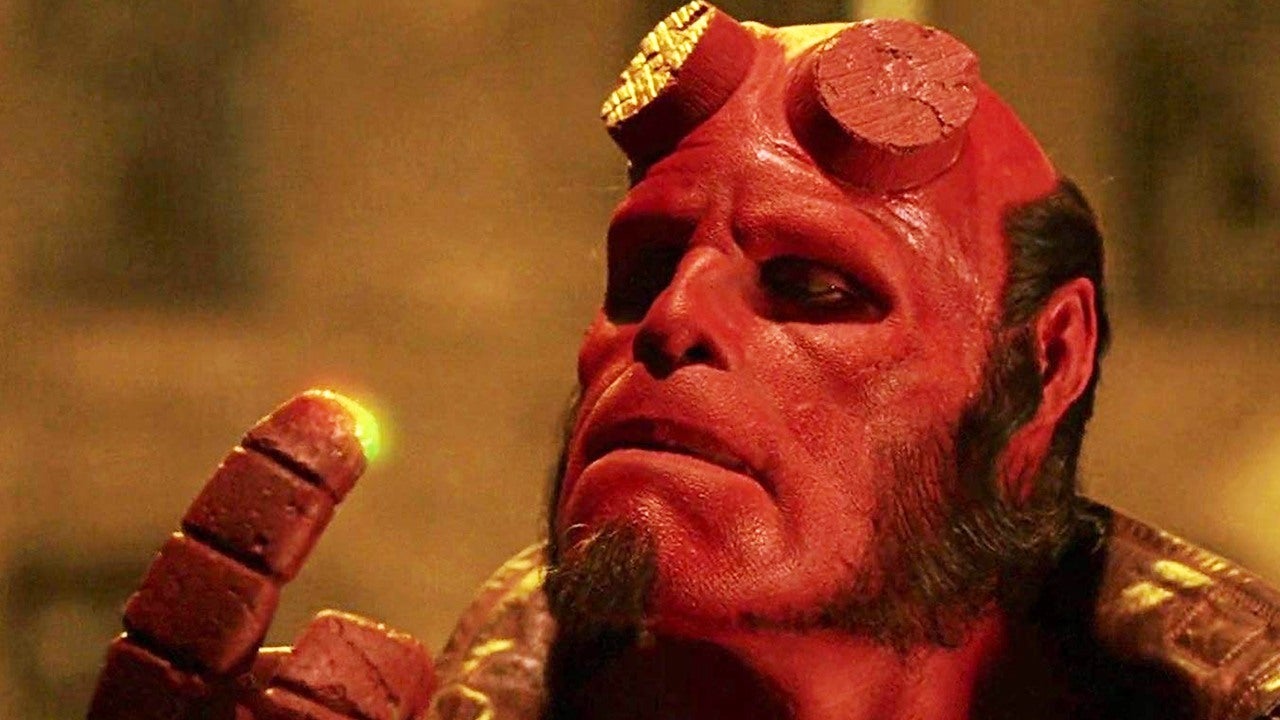
Hellboy is another movie by director Guillermo del Toro. And that means that the titular character and his fantastic allies and enemies were brought to life via practical effects rather than CGI.
Rather than rely on dodgy CGI, the director put main star Ron Perlman in plenty of red makeup and attached prosthetics to his head. Similarly, it took just a bit of makeup and costuming to bring Abe Sapien (played by genre favorite Doug Jones) to life. As practical effects go, this film was a smashing success, and it won a Saturn Award in 2005 for Best Makeup.
Hobbits
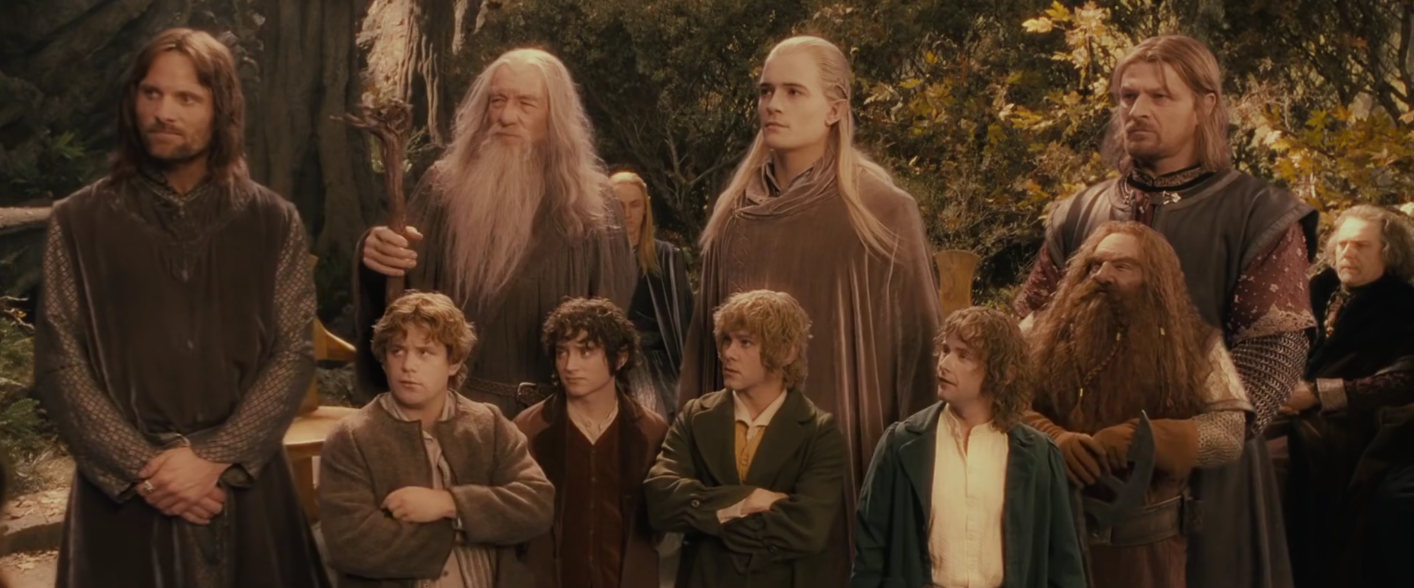
It’s understandable to assume that the Hobbits were made using CGI. After all, Lord of the Rings director Peter Jackson relied heavily on CGI to bring much of J.R.R Tolkien’s world to life. But when it came to Bilbo, Frodo, and the rest of these smaller characters, Jackson went practical.
In fact, Jackson relied on a very old technique called forced perspective. This technique involves putting the camera at just the right distance and just the right angles to make it look like, for example, Gandalf is towering over Frodo when the real-life McKellen is only four inches taller than his younger costar!
Vecna
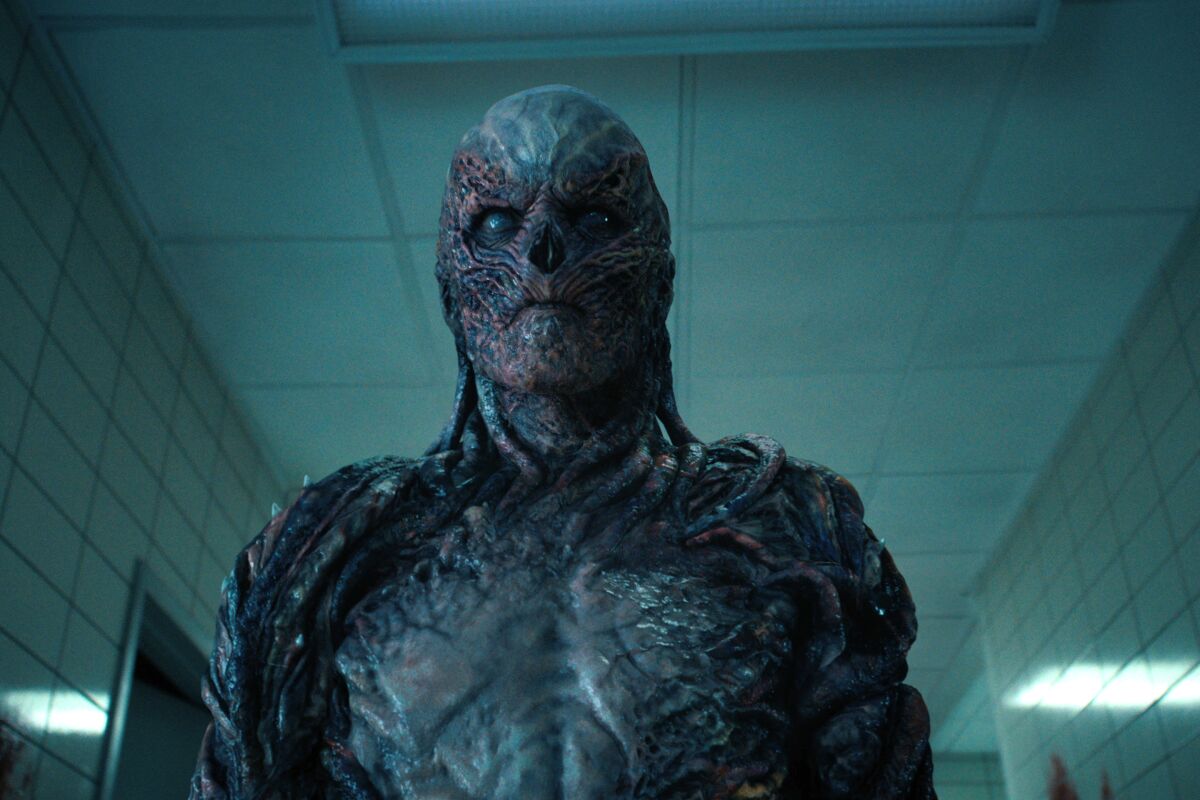
In the fourth season of Stranger Things, Lord Vecna was revealed as the Big Bad. And with the sheer amount of money being spent on each episode of the season (a cool $30 million per episode), it’s reasonable to expect Vecna to be powered by CGI.
However, Vecna was made entirely using makeup, practical effects, and a lot of patience on the part of actor Jamie Campbell Bower, who had to sit in a chair for nearly eight hours to achieve the desired look. It even took an hour to remove it all, including the small mountain of petroleum jelly that made him look so scary and slimy!
BB-8
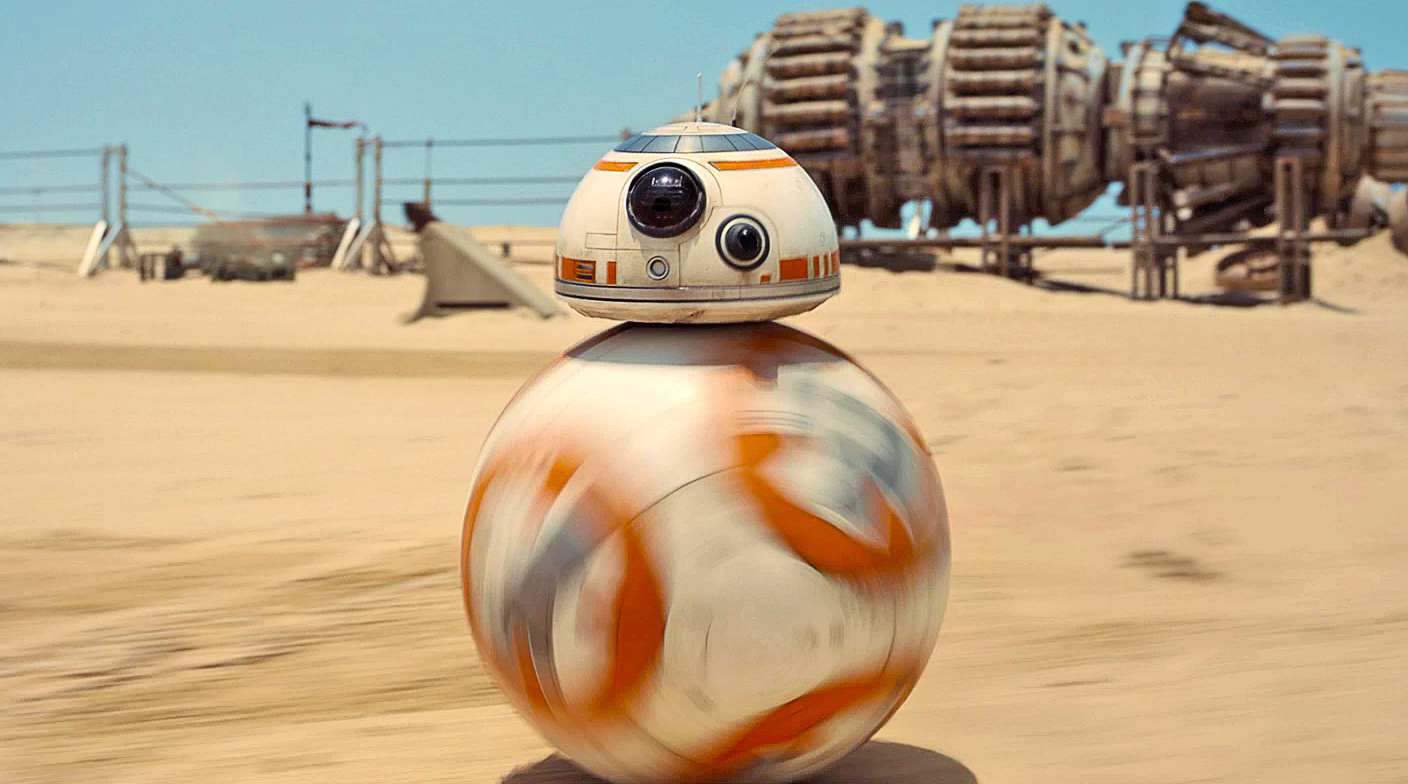
BB-8 quickly became the standout star of the troubled Star Wars sequels. Those sequels were filled with scenes where CGI dominates every single frame. Amazingly, though, BB-8 himself was entirely a practical effect.
That’s right: the team behind BB-8 created a functioning robot that could actually roll and “do his own stunts,” as it were. Sadly, the robot wasn’t fully autonomous, so Star Wars fans are still a few years away from having their own droids following them around.

ᵂᵒᵒᵒᵒ